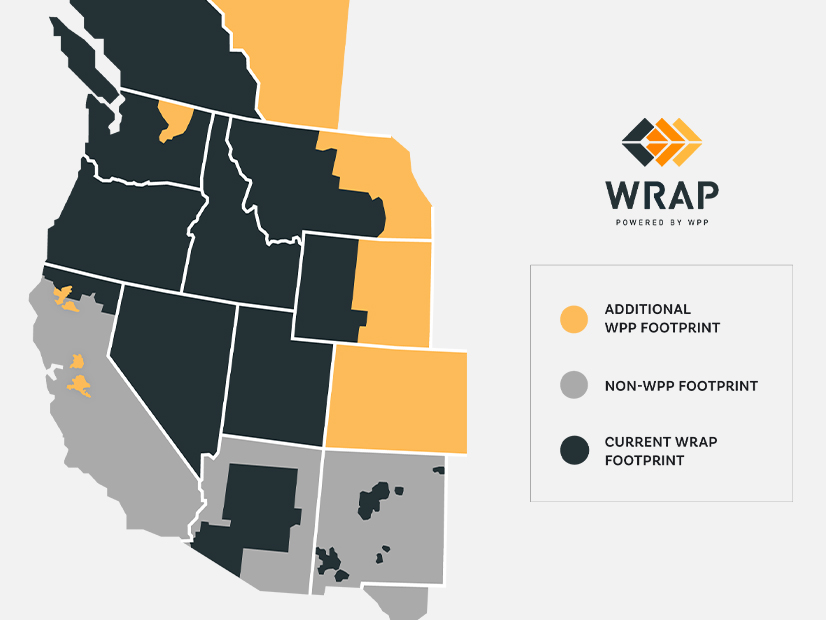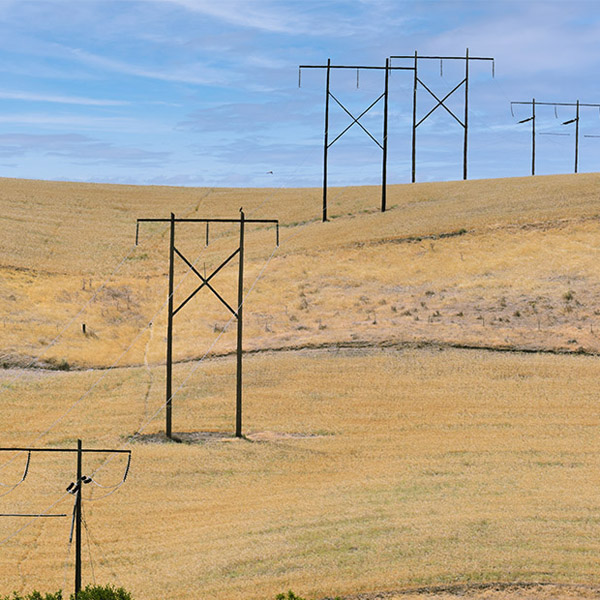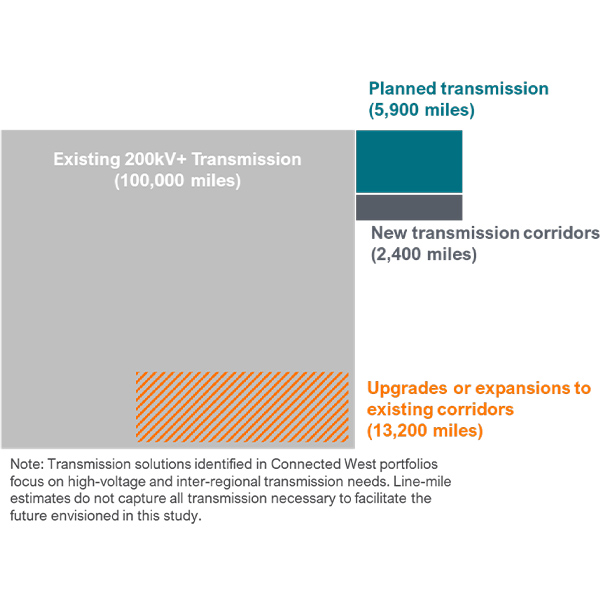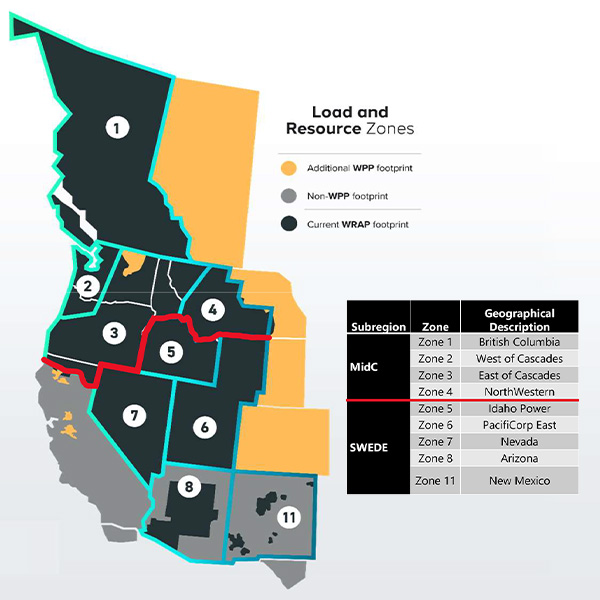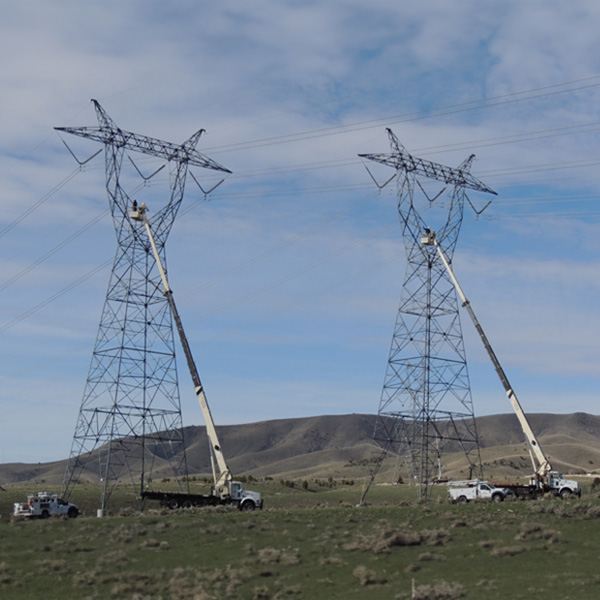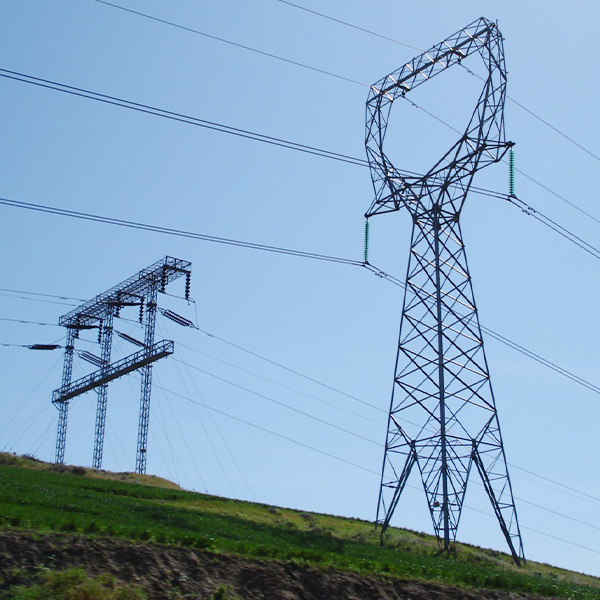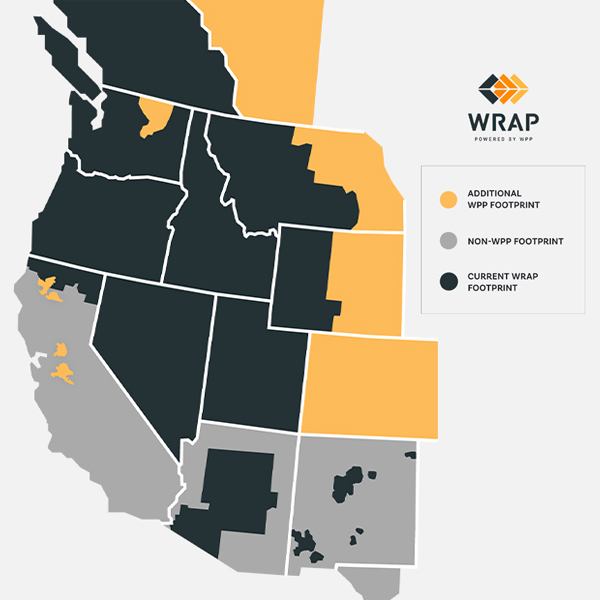Western Power Pool (WPP)
Regional initiatives aimed at increasing coordination and collaboration among power entities in the West are essential to tackle mounting technical and political challenges, panelists said during a discussion at the spring joint CREPC-WIRAB meeting.
The Western Power Pool faced “real potential weaknesses” in 2024 due to staff shortages and outdated financial and accounting systems, the organization’s leadership said during their annual member meeting.
Members of a key WRAP stakeholder group voted to prioritize three topics of concern as the group continues developing the program aimed at addressing resource adequacy and reliability in the West.
CAISO’s launch of the Extended Day-Ahead Market will not spell the end of a Western real-time-only offering from the ISO, according to CEO Elliot Mainzer.
Stakeholders said they are inching closer to developing the scenarios that will inform the Western Transmission Expansion Coalition’s transmission planning study.
The Western Interconnection will need about 15,600 additional new line miles of high-voltage transmission at a cost of about $75 billion over the next 20 years to meet the anticipated increase in load growth, according to a report commissioned by Gridworks and GridLab.
The Western Power Pool’s Board of Directors has approved changes to the Western Resource Adequacy Program’s transition plan that include postponing the program’s “binding” phase by one year and reducing penalties for participants who come up short on RA.
The Western Transmission Expansion Coalition’s transmission planning study is getting a boost from a $1.75 million Department of Energy grant, even as the cost of the project has grown to $6.1 million.
The WestTEC steering committee unanimously approved the plan that will underpin a Western transmission study designed to spur development of interregional projects over the next two decades.
The Western Resource Adequacy Program’s key stakeholder body approved a plan that would postpone the start of its penalty phase by one year, to summer 2027.
Want more? Advanced Search


